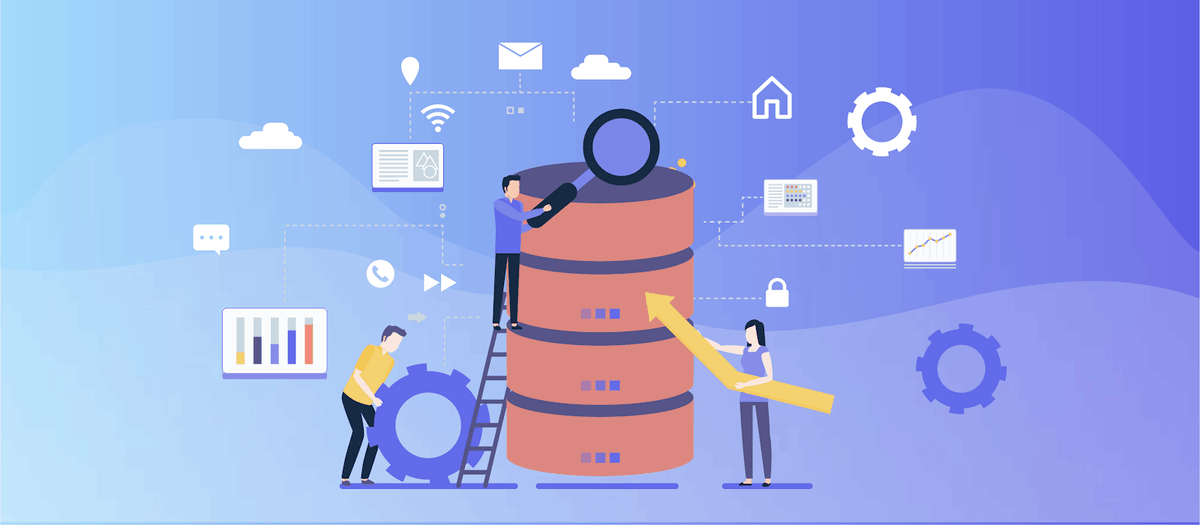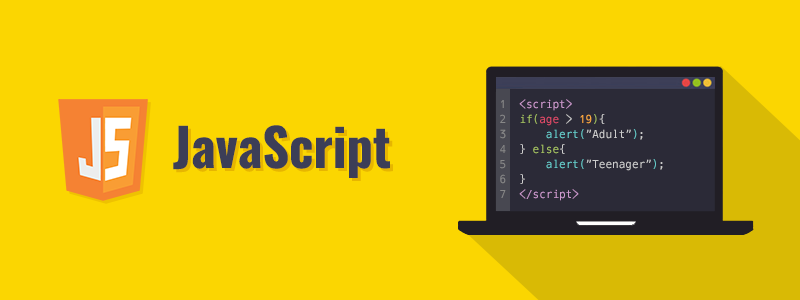Perfect day to learn more about OOP, or brush up your knowledge 📚!
This is the 6th Episode of Object-Oriented Programming Pills, a series of short videos to go from Zero to OOP Dev in 12 short videos of < 2 mins. Let's get started 🔥!
#100DaysOfCode #OOP
This is the 6th Episode of Object-Oriented Programming Pills, a series of short videos to go from Zero to OOP Dev in 12 short videos of < 2 mins. Let's get started 🔥!
#100DaysOfCode #OOP
I know this is not the fanciest topic, but I wanted to give some definitions and examples of diagrams so we can all have this language to communicate frow now on.
Note on the objects diagram: The standard looks more like this, I just like to differentiate them with ovals.
Note on the objects diagram: The standard looks more like this, I just like to differentiate them with ovals.

I think it can be confused with a class diagram very easily this way, and I would almost always go for a clear class diagram and some informal side object diagram when needed, to show how connections work, the composite example is perfect to see the value of this diagram.
• • •
Missing some Tweet in this thread? You can try to
force a refresh










